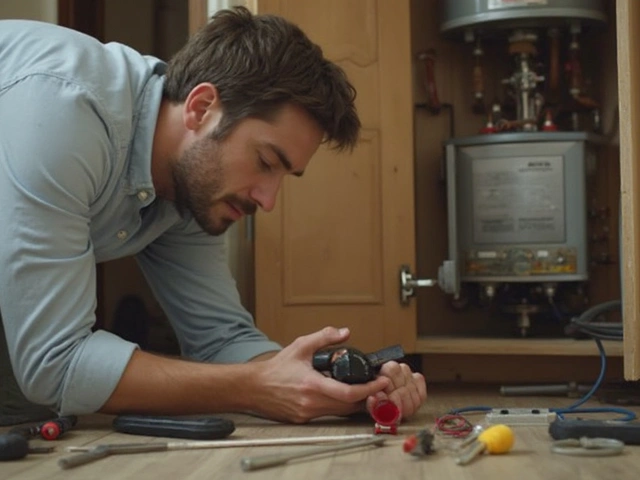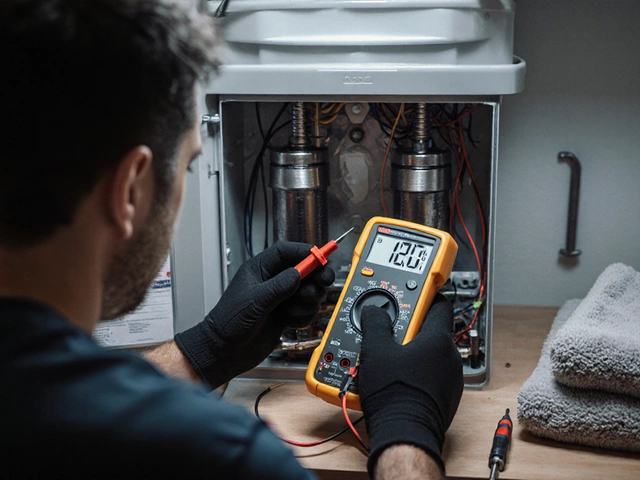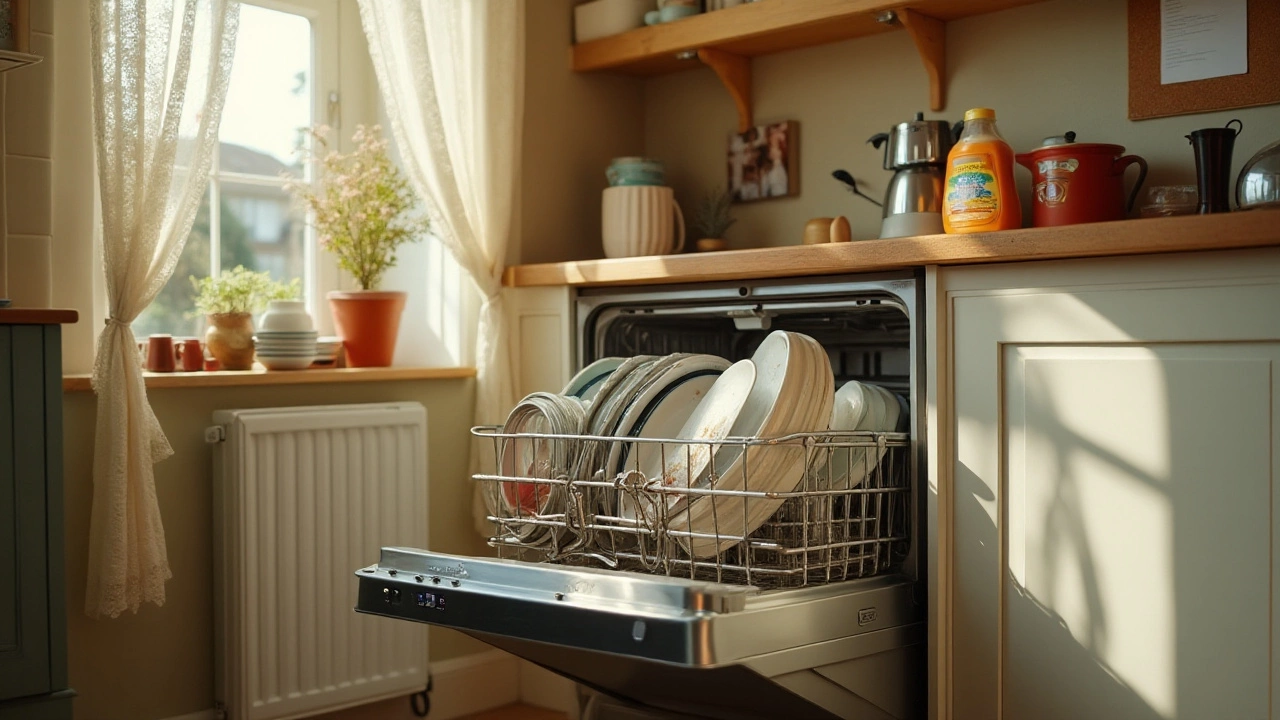Dishwasher Troubleshooting: Quick fixes for common problems
Got a dishwasher that’s acting up? You’re not alone. Most homes face a jammed spray arm, a stubborn smell, or a machine that simply won’t run. The good news is you can often solve these issues without calling a tech. Below are the most common problems, what they look like, and easy steps you can try right now.
Common issues and how to spot them
1. Not cleaning dishes – If plates come out with food residue, check the spray arms first. Look for blocked holes or cracked arms. Also, make sure you’re loading dishes correctly; large items can block water flow.
2. Won’t start – The dishwasher may be power‑related or have a faulty door latch. Test the outlet with another appliance, and listen for a click when you close the door. If the latch isn’t clicking, the door switch could be the culprit.
3. Leaking water – Leaks usually come from the door seal, the pump, or a loose hose. Run a short cycle and watch where the water appears. A cracked seal can often be replaced with a simple DIY kit.
4. Bad odours – A stale smell often means food particles are trapped in the filter or the bottom of the tub. Remove the filter, clean it under running water, and wipe the tub with a vinegar‑water mix.
5. Error codes – Modern dishwashers flash codes when something’s wrong. Look up the code in the user manual – most point to a sensor issue or a blocked drain.
Step‑by‑step fixes you can do today
Check the power and reset – Unplug the machine for a minute, then plug it back in. This resets the control board and can clear minor glitches.
Clean the spray arms – Remove them (most twist off). Use a toothpick or a thin wire to clear any debris from the holes. Rinse and snap them back in place.
Inspect and clean the filter – The filter sits at the bottom of the tub. Pull it out, discard food bits, rinse, and replace. A clean filter ensures water can flow freely.
Examine the door seal – Run your finger along the rubber gasket. If it feels cracked or gritty, wipe it with warm, soapy water. For larger damage, replace the seal – it’s usually a snap‑in part.
Clear the drain – A clogged drain can cause leaks and error codes. Locate the drain hose, disconnect it, and blow air through it or use a flexible brush to remove blockages.
Run a cleaning cycle – Once a month, run an empty wash with a cup of white vinegar on the top rack. Follow with a baking soda sprinkle on the bottom. This removes limescale and grime that can affect performance.
If none of these steps solve the problem, it may be a motor, pump, or electronic issue that needs a professional. At Rugby Appliance Repair Services we can diagnose and fix stubborn dishwasher faults fast. Give us a call, and we’ll have your dishes sparkling again in no time.







